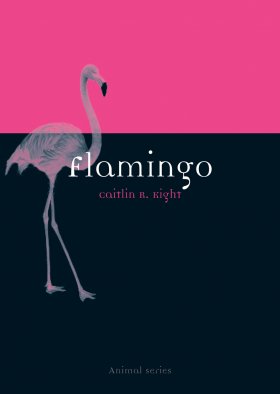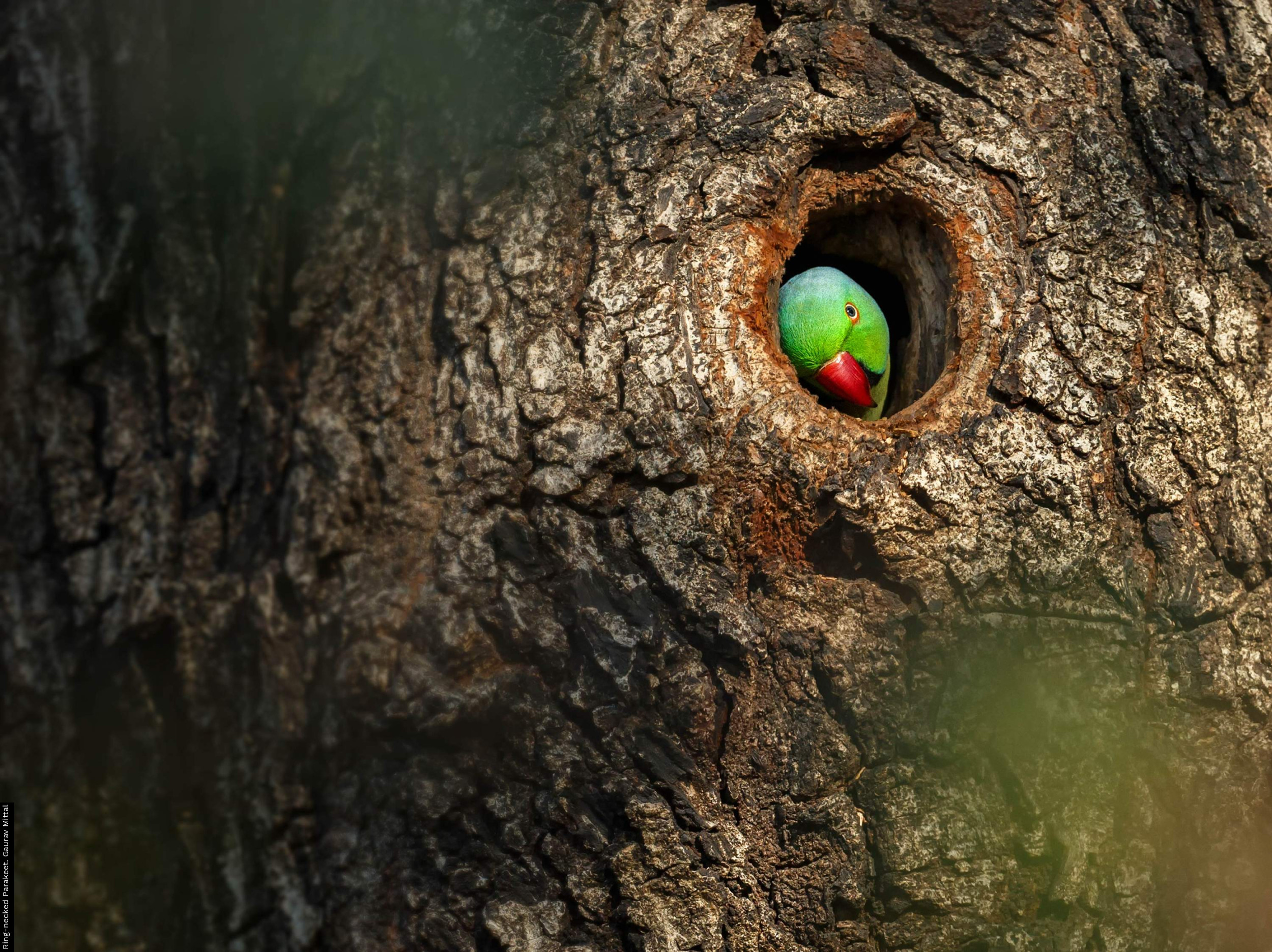
Publisher: Reaktion Books, London
Publication Year: 2015
Binding: Softback
Page Count: 175
Price: £ 9.99
Flamingo
Think of ‘flamingo’ and what may spring to mind is a rather comical-looking, leggy bird of a colour most often used for Strictly Come Dancing costumes…. Possibly upside-down, being used as an obliging if somewhat bemused croquet mallet.
But there is more to the bird than that, and this new title from the brilliant Animal series does for the Flamingo what it has done for other birds. It brings together in an informative and entertaining way a diverse array of facts about the bird’s biology (including its intricate bill structure), behaviour, its place in human cultural history, and what the future holds for it.
Whilst the name ‘flamingo’ most definitely reflects the colour of the bird, it is not clear exactly where it originated. One suggestion is that Spanish use of the term flamenca to describe the Flemings (famous for their ruddy complexions) may have led to flamengo indicating ‘a bird coloured like the Flemings’. There are many theories about the origins of the name, but it is commonly agreed that it has absolutely nothing to do with the Spanish dance – disappointing!
For early humans, the flamingo was at times linked to the Phoenix, mistaken for cranes, Roseate spoonbills, herons, even eagles. They have been represented in cave paintings, works such as that of Aristophanes, and used in Roman recipes which suggested that they are ‘more wholesome than fruits, shellfish and vegetable stalks, but not quite as healthy as honey, cheese or pulses’. Hmmmm….
For modern humans, the flamingo has provided a flamboyant subject for art, dance, cartoons, adverts, paddle-boats, contemporary furniture, and, tackiest of all, the ‘pillar of cheesy campiness’ – the American pink plastic lawn flamingo, which since the 1950s has been used in some guise as a symbol for many a fundraising event or gathering.
They have a long history of somewhat unpleasant associations with humans, and their future is by no means certain. Habitats are degraded in many ways, power lines and road constructions cross their territories and invasive species compete for food. But schemes like BirdLife International’s ‘Think Pink’ campaign keep these ‘gawky yet glamorous’ birds in the public eye, and beautifully balanced books like this one help by showing what a fascinating bird the Flamingo is.
Book reviewed by Carole Showell
buy this book





Share this page